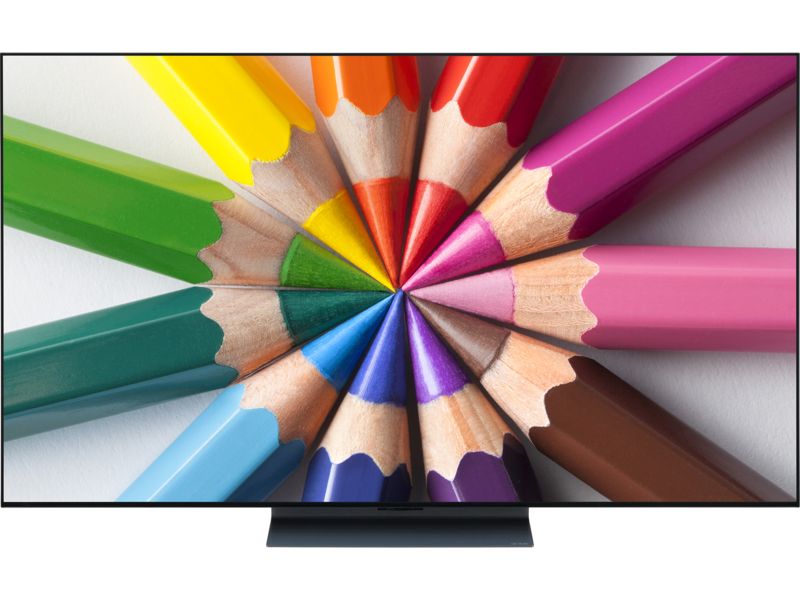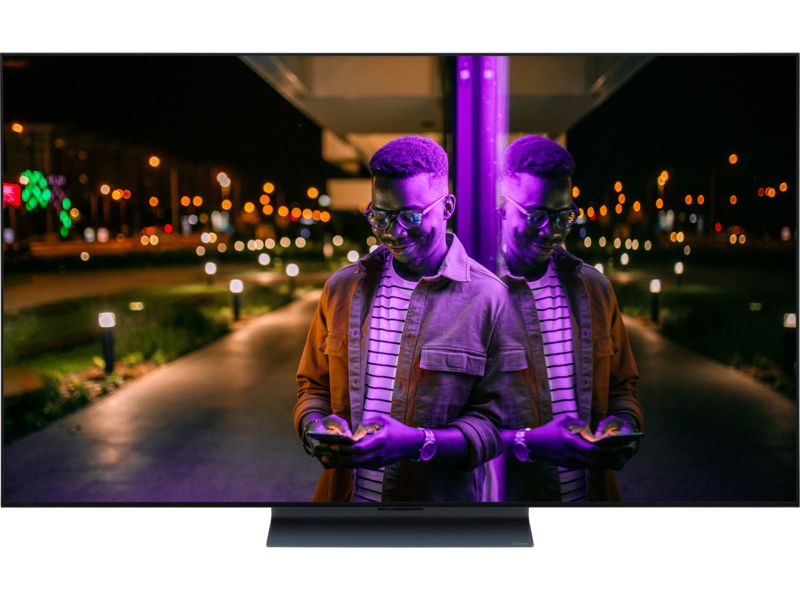What is 4K TV?

The number of 4K movies and shows you can watch in ultra-high definition is always increasing and if you're in the market for a new TV it should definitely be a 4K set.
You'll also see names like Ultra HD, UHD and 4K Ultra HD being bandied about - but they all refer to the same thing. This is a TV with a resolution of 3,840 x 2,160 pixels, more than 8m pixels in total, which is four times the number in Full HD (1,920 x 1,080).
We review hundreds of TVs each year from all the leading brands - take a look at our TV reviews to see which models suit you.
What's so special about 4K TV?
Watching 4K you'll see everything on screen in crystal-clear clarity and sumptuous detail. There's a level of detail and depth that HD sets simply cannot achieve – at times, it almost feels 3D.
All the big brands, including Samsung, Panasonic, LG and Sony, now have large ranges of 4K TVs, from entry-level models to kitted out sets costing many thousands of pounds.
You'll generally find that 4K TVs are big-screen models of 40 inches or more. This is because to really appreciate the higher picture quality you need to watch it on a large TV, as it's more difficult to see on a small screen.

Tech tips you can trust – get our free Tech newsletter for advice, news, deals and stuff the manuals don’t tell you
Where can I find 4K content?
Our highest rated 4K TVs are outstanding, and you’ll be getting a great TV if you buy one. It's still uncommon on broadcast TV, but streaming services have thousands of hours of 4K content available.
- 4K TV channels Some 4K TV channels are becoming available to watch on pay-TV services, such as BT and Sky, but there aren't many. Big technical challenges remain in introducing 4K channels on to subscription-free service Freeview.
- Blu-ray More and more 4K ultra-HD Blu-rays arrive on shelves every month, but you’ll pay a premium, not only for the discs but for the players as well. 4K Blu-ray players start at around £180 – check out our Blu-ray DVD player reviews to find the one for you.
- 4K internet video streaming Content providers such as Netflix, Amazon Video and YouTube have already begun streaming content in 4K. But you'll need at least 15Mpbs broadband (ideally 20Mbps or higher) to get a reliable stream. Before more 4K channels become available, internet streaming is the biggest source of 4K content.
- Catch up services some 4K content is available on BBC iPlayer and other catch-up services will follow suit.
Since most of TVs released by the big manufacturers are 4K, they tend to make up the bulk of the top rated sets our lab uncovers, while Full HD is typically only available only on their cheaper sets. Plus, 4K TV prices continue to drop, so if you’re looking for a new TV, we’d recommend buying one with a 4K display.
Our testing has found that 4K sets are better than at displaying HD content than Full HD sets. No matter the size of the TV, 4K sets have the edge in terms HD picture quality.
New technology is emerging that can compress the huge amount of data involved in 4K into forms that are easier to distribute not just on television, but also on Blu-ray discs and over the internet.



